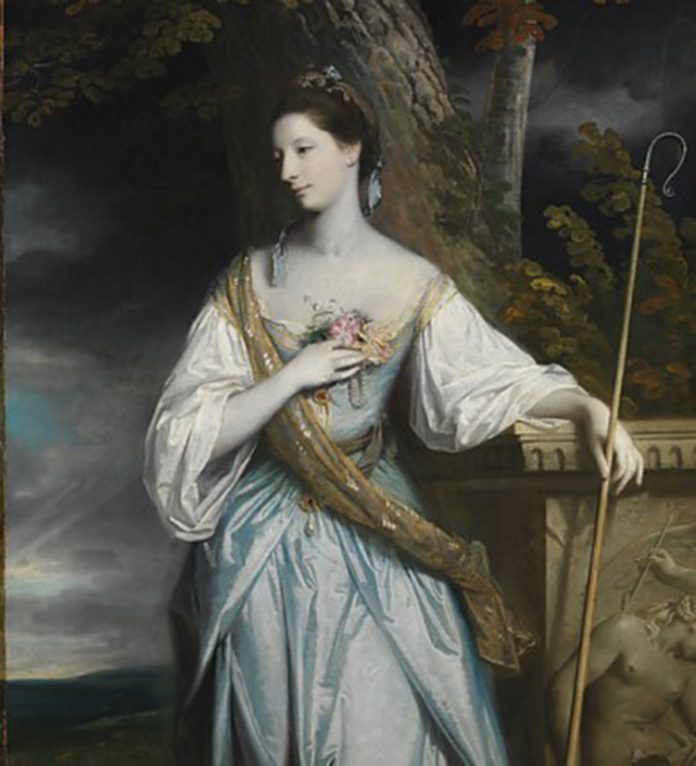By Ginnie Hartley
Floriography – isn’t that a gorgeous word? It means the language of flowers. People have attributed meaning to flowers for thousands of years. Plants and flowers are used as symbols in the Hebrew Bible, particularly of love and lovers in the Song of Songs. In the fifteenth century, herbs such as rosemary, thyme and rue, were carried in posies close to the nose to mitigate bad smells and to ward off the plague (a possible deterrent for COVID?).
Do you remember playing “Ring a ring o’ roses” as a child? Folk lore has it that it originated after the Great Plague of 1665 in England. The plague caused a rosy rash, and people carried “a pocket full of posies” to ward off the sickness. If they caught it, they sneezed and then “all fall down [dead]”.
Shakespeare made good use of the symbolism of flowers, especially Ophelia’s “madness” speech in Act 4, Scene 5 which begins, “There’s rosemary, that’s for remembrance. Pray you, love, remember. And there is pansies, that’s for thoughts.” She continues by mentioning fennel and columbine (adultery), rue (repentance), daisies and violets (flowers of faithfulness). And in Henry VI, English noblemen picked either white or red roses to symbolize their allegiance to the Houses of Lancaster or York.
The craze for using flowers to send messages was brought to England in 1717 by Mary Watley Montagu who had witnessed a similar practice while she was in Turkey. In Victorian England, specific floral arrangements were used to send coded messages. Nosegays, posies or tussie-mussies were “talking bouquets” which could be worn to express feelings that could not be spoken aloud in Victorian society. “Nosegay” was a small bunch of flowers that appealed to the nose. At that time, “gay” meant an ornament. Tussie-mussies might be wrapped in a doily or put in a special posy holder which might be made of silver. Messages could include a yellow camellia for longing, a gardenia for secret love or an amaryllis to denote shyness. Worn in a woman’s cleavage, it would be bad news for her suitor since it signified friendship. Pinned over her heart, it was an unambiguous declaration of love.
Floriography is not limited to Western culture. For example, in Korea you can send a ‘birthday’ flower to a family member or friend as there is a flower for each day of the year! There are also flowers for each month. The flower for February is a violet for faithfulness. And in Japan, cherry blossoms represent both birth and death.
Nowadays, the rose is the most commonly used sender of messages of love, especially on Valentine’s Day. But the colour chosen is most important. Red is the lover’s rose, white signifies innocence, yellow equals friendship, orange indicates desire and purple, love at first sight. Why are red roses chosen above all other colours for Valentine’s Day? According to legend, the Greek goddess Aphrodite was scratched by a white rose thorn while rushing to the aid of her lover Adonis. Drops of her blood fell on the flowers turning them red. The number of roses in a bouquet is significant: one rose indicates love at first sight, six roses means infatuation, 15 roses is an apology, 50 means unconditional love and 99 means “I will love you till the day I die” (but results in a depleted bank account).
Which brings us to the language of flowers in sickness and at funerals. The daffodil is the symbol of the Canadian Cancer Society and the sunflower is used by the ALS Society. Flowers are ubiquitous at funerals, the most popular being lilies which represent the soul’s return to a state of innocence. Pink carnations are for remembrance and white chrysanthemums are typically given in Korea, Japan and China to express grief.
So next time you want to send someone a secret message, take a trip to the flower shop or take a turn around your flower beds and pick out something special!
Ginnie Hartley is a retired Speech-Language Pathologist who loves gardening almost as much as she loves words.
This column is provided courtesy of the Saskatchewan Perennial Society (SPS; saskperennial@hotmail.com ). Check our website (www.saskperennial.ca) or Facebook page (www.facebook.com/saskperennial) for a list of upcoming gardening events.


